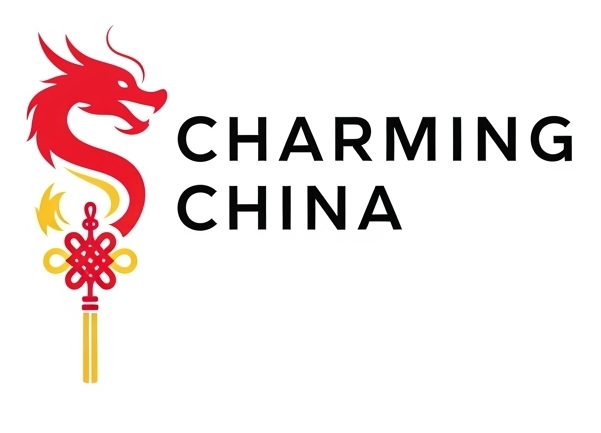Traditional Children’s Clothing – Discover the tiger hats, lucky charms, and playful designs
In Chinese culture, children’s clothing was never just about warmth and style—it carried deep symbolic meaning. From tiger hats (虎头帽) that warded off evil to embroidered shoes that blessed children with strength and long life, every detail reflected parents’ wishes for protection and prosperity. Let’s explore the playful designs and cultural symbols behind traditional children’s clothing.
Tiger Hats: Fierce Protection for the Young
- Symbolism: Tigers represented power, courage, and protection against evil spirits.
- Design: Brightly embroidered hats with tiger faces, ears, and even whiskers.
- Occasions: Worn especially during festivals like Lunar New Year to keep children safe.
Embroidered Shoes: Steps of Blessing
- Tiger Shoes (虎头鞋): Shoes with tiger designs to give children bravery and strength.
- Lotus Shoes (莲花鞋): Embroidered with lotus flowers, symbolizing purity and growth.
- Longevity Symbols: Some designs included cranes, peaches, or the character “寿” (longevity).
Lucky Charms & Accessories
- Silver Lock (长命锁): A pendant shaped like a lock, meant to “lock” in the child’s life and health.
- Bells & Amulets: Small bells attached to clothing or bracelets to ward off bad luck.
- Red Ribbons & Cloth: Used in children’s outfits to attract good fortune and keep away misfortune.
Playful & Colorful Designs
Children’s outfits often featured bright reds, yellows, and blues—colors that symbolized joy and vitality. Embroidery of animals, flowers, and mythical creatures made clothing not only protective but also visually delightful.
Seasonal & Festival Clothing
- New Year Outfits: Red silk or cotton-padded clothes embroidered with auspicious symbols.
- Birthday Clothing: Parents often gifted embroidered jackets or accessories decorated with peaches and cranes for longevity.
- Special Rituals: During “first-year celebrations,” children were dressed in symbolic clothes to mark growth milestones.
Modern Revival of Children’s Hanfu
Today, many families dress their children in mini Hanfu, tiger hats, and embroidered shoes during cultural festivals. These playful yet meaningful garments reconnect younger generations with centuries of tradition, blending heritage with modern cuteness.
Traditional Chinese children’s clothing was more than attire—it was a protective charm, cultural expression, and wish for the future. From fierce tiger hats to jingling silver locks, every item told a story of love and blessing. In modern times, these traditions are being cherished again, ensuring the next generation grows up with a touch of ancient wisdom and joy.
FAQ
Q1: Why did children wear tiger hats in ancient China?
Tiger hats symbolized strength and were believed to protect children from evil spirits.
Q2: What is the meaning of the silver lock charm?
It represents locking in the child’s life, health, and longevity.
Q3: Are embroidered shoes still worn today?
Yes, especially during cultural festivals and birthdays, as a symbol of blessing.
Q4: Why were children’s clothes often red?
Red represents happiness, luck, and protection in Chinese culture.
Q5: How is traditional children’s clothing used now?
Mostly in festivals, photoshoots, and Hanfu revival events, connecting children with cultural heritage.
